Advertisements
Advertisements
प्रश्न
In the given figure, ABCD is a parallelogram, find the values of x and y.
उत्तर
ABCD is a parallelogram.
Opposite angles of a parallelogram are equal.
∴ ∠A = ∠C
⇒ 4x + 3y - 6 = 9y + 2
⇒ 4x - 6y = 8
⇒ 2x - 3y = 4 ....(i)
AB || CD and AD is the transversal.
∴ ∠A + ∠D = 180° ....(Co-interior angles are supplementary)
⇒ (4x + 3y - 6) + (6x + 22) = 180°
⇒ 10x + 3y + 16 = 180°
⇒ 10x + 3y = 164 ....(ii)
Adding equations (i) and (ii), we get
12x + = 168
⇒ x = 14
Substituting the value of x in (i), we get
2 x 14 - 3y = 4
⇒ 28 - 3y = 4
⇒ 3y = 24
⇒ y = 8
Hence, x = 14 and y = 8.
APPEARS IN
संबंधित प्रश्न
In the following figure, ABCD and PQRS are two parallelograms such that ∠D = 120° and ∠Q = 70°.
Find the value of x.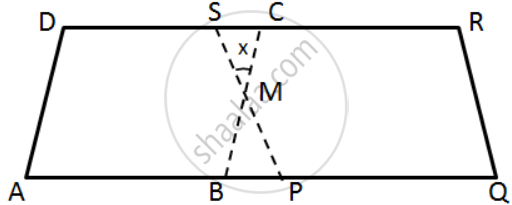
In the following figures, find the remaining angles of the parallelogram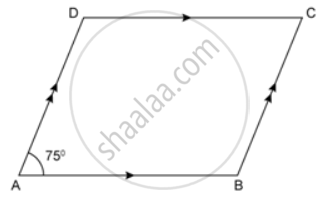
In the following figures, find the remaining angles of the parallelogram
In the following figures, find the remaining angles of the parallelogram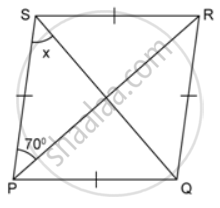
In a parallelogram ABCD ∠C = 98°. Find ∠A and ∠B.
PQR is a triangle formed by the adjacent sides PQ and QR and diagonal PR of a parallelogram PQRS. If in ΔPQR, ∠P : ∠Q : ∠R = 3 : 8 : 4, Calculate the measures of all the angles of parallelogram PQRS.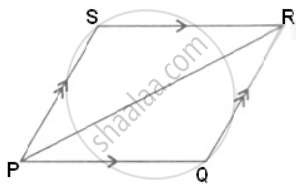
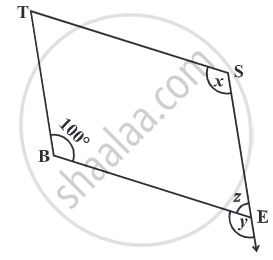
Opposite angles of a quadrilateral ABCD are equal. If AB = 4 cm, determine CD.
If PQRS is a parallelogram, then ∠P – ∠R is equal to ______.
The sum of adjacent angles of a parallelogram is ______.
